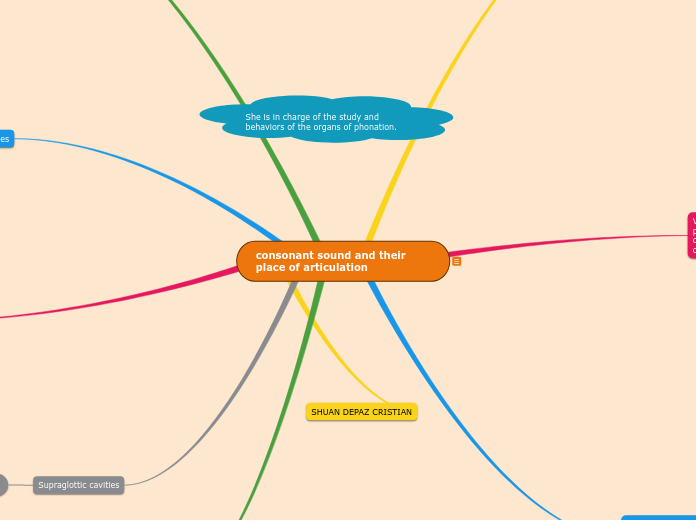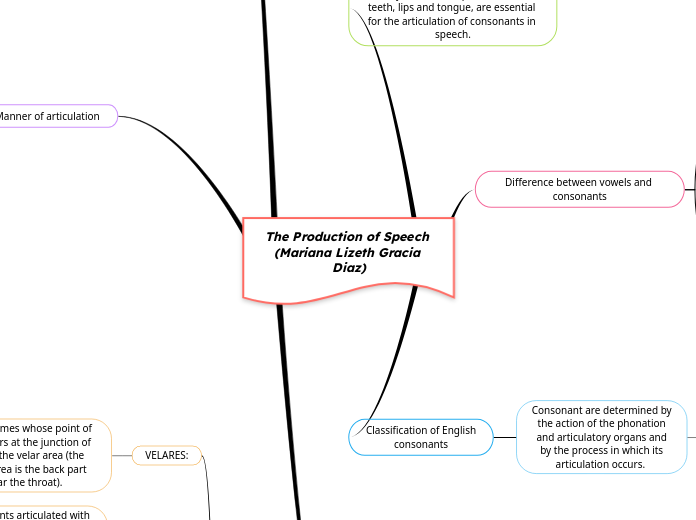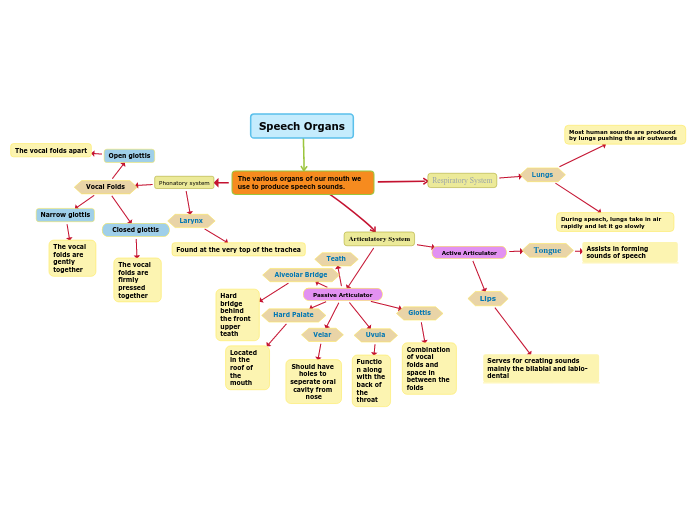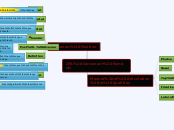av KENNEDY CS för 4 årar sedan
482
consonant sound and their place of articulation
The production of consonant sounds involves various anatomical structures of speech, divided into active and passive components. Active structures include the lips, which play a role in bilabial, labiodental, and vowel sounds, and the larynx, the primary organ of voice production and air passage.









